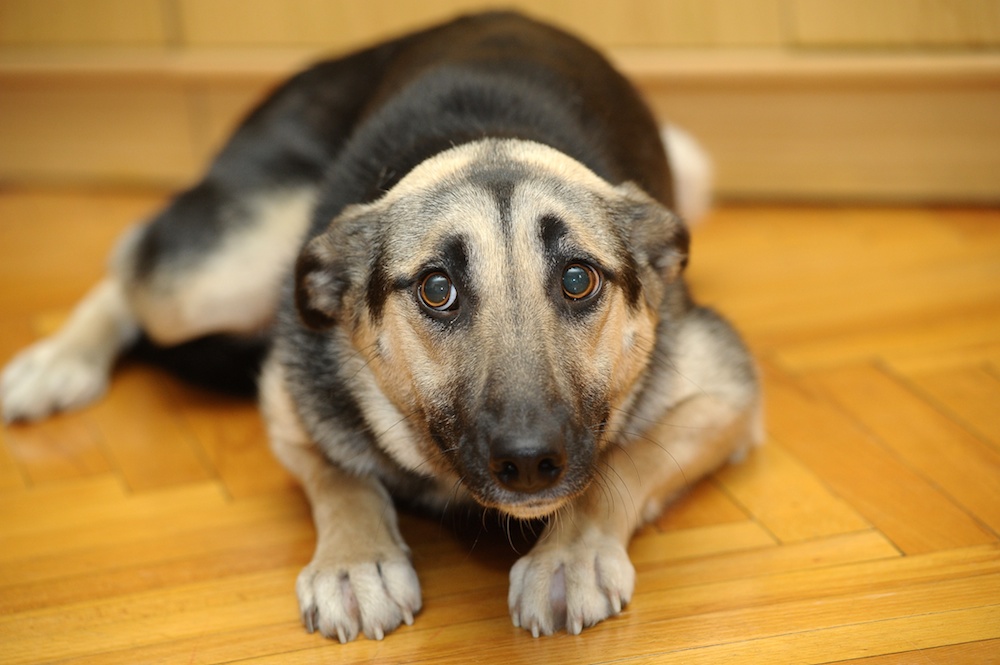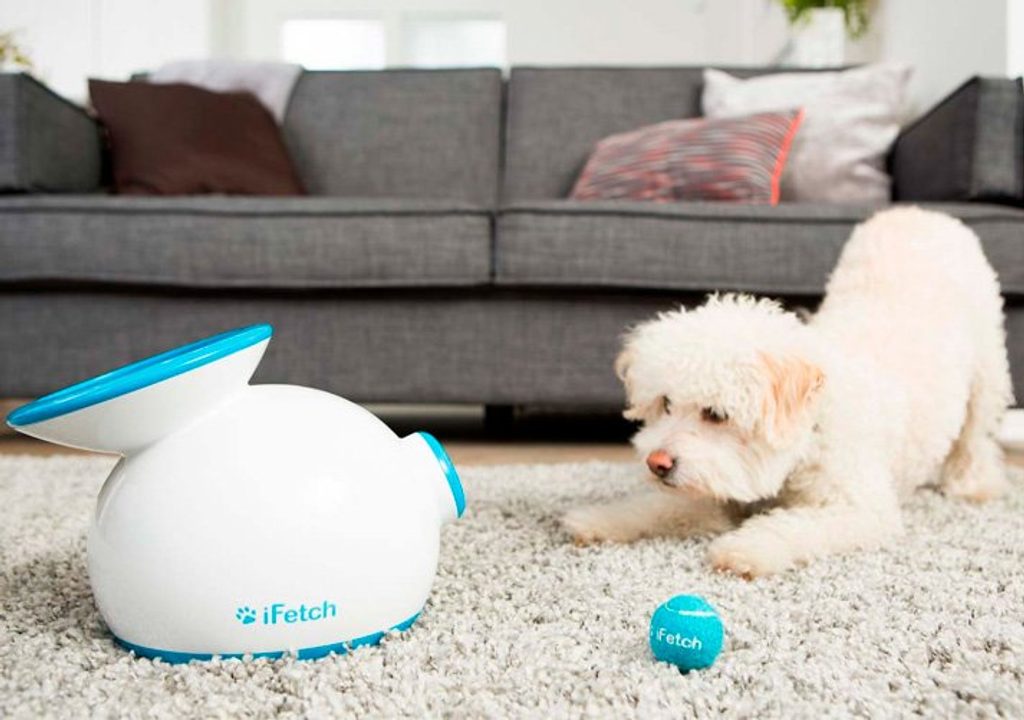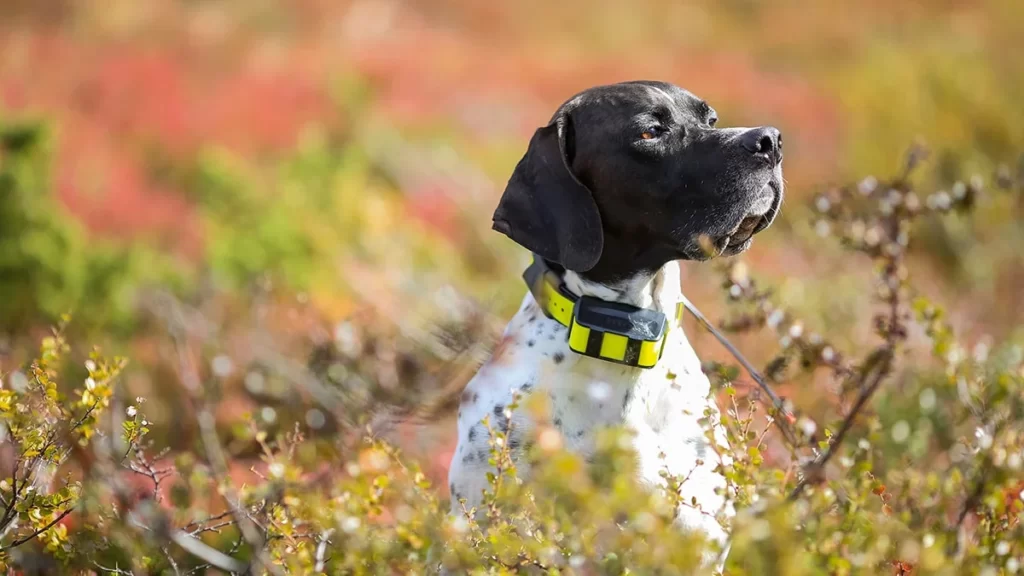As pet owners, we strive to create a safe and happy environment for our furry friends. However, some dogs may struggle with fear and anxiety, which can greatly impact their well-being and quality of life.
Whether it’s due to past trauma, lack of socialization, or specific triggers, helping your dog overcome fear and anxiety is crucial in fostering their confidence and building a trusting bond.
In this blog, we will explore practical strategies, expert tips, and compassionate approaches to support your canine companion on their journey towards a happier, more confident life.
Let’s embark on this transformative path together and empower your dog to conquer their fears.
Table of Contents
- 1 Understanding Fear and Anxiety in Dogs
- 2 Building Confidence and Trust
- 2.1 1. Create a Safe and Supportive Environment
- 2.2 2. Gradual Exposure to Fearful Stimuli
- 2.3 3. Positive Reinforcement Training
- 2.4 4. Seek Professional Help
- 2.5 5. Counterconditioning and Desensitization
- 2.6 6. Engage in Regular Exercise and Mental Stimulation
- 2.7 7. Maintain Consistency and Routine
- 2.8 8. Provide a Balanced Diet
- 2.9 9. Utilize Calming Aids
- 2.10 10. Shower Your Dog with Love and Patience
- 3 Conclusion
Understanding Fear and Anxiety in Dogs
1. What Causes Fear and Anxiety in Dogs?
Fear and anxiety in dogs can stem from a multitude of factors. Common triggers include:
- Past Traumatic Experiences: Dogs may develop fear and anxiety as a result of past traumatic experiences such as abuse, neglect, or accidents.
- Lack of Socialization: Insufficient exposure to various stimuli during a dog’s critical developmental stages can lead to fear and anxiety in unfamiliar situations.
- Genetic Predisposition: Some dogs may be genetically predisposed to anxiety and may require additional support in managing their fears.
- Separation Anxiety: Dogs that experience separation anxiety become anxious when separated from their owners, often exhibiting destructive behavior.
- Loud Noises: Dogs can develop phobias related to loud noises such as thunderstorms, fireworks, or construction sounds.
2. Recognizing the Signs of Fear and Anxiety
It’s crucial to be able to recognize the signs of fear and anxiety in your dog. Common behavioral and physical indicators include:
- Excessive Barking or Whining: Dogs may vocalize excessively when feeling fearful or anxious.
- Panting and Pacing: Rapid breathing and pacing are signs that your dog is distressed.
- Trembling or Shaking: Physiological responses like trembling or shaking can indicate fear and anxiety.
- Avoidance Behavior: Dogs may try to avoid certain situations or places that trigger their fears.
- Destructive Behavior: Anxiety-induced behaviors such as chewing, digging, or scratching furniture may occur.
- Loss of Appetite: Fear and anxiety can lead to a decreased appetite in some dogs.
Building Confidence and Trust
Helping your dog overcome fear and anxiety requires a patient and compassionate approach. By gradually building their confidence and trust, you can empower them to face their fears. Here are some effective strategies:
1. Create a Safe and Supportive Environment
Creating a safe and supportive environment is crucial when helping your dog overcome fear and anxiety. Start by identifying potential triggers and eliminating or minimizing their presence. Designate a quiet and comfortable space where your dog can retreat to when feeling stressed. Provide plenty of toys, puzzles, and enrichment activities to keep their mind engaged and distracted from anxiety-inducing stimuli.
Establish a consistent routine and set clear boundaries to give your dog a sense of stability and predictability. Reward calm and relaxed behavior to reinforce positive emotions. Avoid punishment, as it can increase fear and anxiety. Instead, use positive reinforcement techniques such as treats, praise, and play to encourage desired behavior.
Consider incorporating relaxation exercises, such as massage or aromatherapy, to promote a sense of calmness. Consult with a professional trainer or behaviorist who specializes in fear and anxiety if needed.
Above all, shower your dog with love, patience, and understanding. Building confidence and trust takes time, so be prepared for setbacks along the way. With a safe and supportive environment, your dog can gradually learn to overcome their fears and thrive in a more confident and relaxed state.
2. Gradual Exposure to Fearful Stimuli
Gradual exposure to fearful stimuli is a powerful technique to help your dog overcome fear and anxiety. By exposing your furry friend to the source of their fear in a controlled and gradual manner, you can desensitize them and build their confidence over time.
Start by identifying the specific triggers that cause fear or anxiety in your dog. It could be thunderstorms, loud noises, or unfamiliar environments. Once identified, create a plan to gradually expose your dog to these stimuli. Begin with minimal exposure, keeping the intensity at a level that your dog can handle without becoming overly stressed.
Through repeated and incremental exposure sessions, your dog will become accustomed to the fearful stimuli, and their fear response will diminish. Patience and consistency are key throughout this process. Remember to reward your dog for calm behavior and provide reassurance during each exposure session.
By gradually exposing your dog to fearful stimuli, you are helping them to build confidence and trust. Over time, they will learn that these stimuli are not as threatening as they initially perceived, leading to a happier and more confident canine companion.
3. Positive Reinforcement Training
Positive reinforcement training is a highly effective method used to help dogs overcome fear and anxiety. It involves rewarding desired behaviors with praise, treats, or other incentives, reinforcing positive associations and building trust between you and your dog. By focusing on rewarding the behaviors you want to encourage, rather than punishing undesirable behaviors, positive reinforcement training creates a positive and supportive learning environment.
This approach helps to reduce fear and anxiety by promoting confidence and self-assurance in dogs. Through consistent and patient training, your dog will learn to associate positive experiences with certain triggers or situations that once caused fear or anxiety. Over time, this can lead to a significant improvement in your dog’s overall emotional well-being.
Positive reinforcement training also strengthens the bond between you and your dog, as it fosters trust, cooperation, and mutual understanding. It empowers your dog to make choices and learn at their own pace, resulting in a happier and more confident canine companion.
4. Seek Professional Help
If your dog’s fear and anxiety persist or worsen despite your best efforts, it may be beneficial to seek professional help. A qualified and experienced animal behaviorist or trainer can provide invaluable guidance tailored to your dog’s specific needs. They will assess your dog’s behavior, identify triggers, and develop a personalized training plan.
Professional help ensures a systematic and effective approach, using positive reinforcement techniques to desensitize and counter-condition your dog to fearful situations. They can teach you how to read your dog’s body language, respond appropriately, and modify your own behavior to create a safe and supportive environment.
Additionally, professionals can recommend medications or supplements if necessary, and collaborate with your veterinarian to address any underlying medical issues.
Remember, overcoming fear and anxiety takes time and patience. With professional guidance, you can help your dog build confidence, trust, and ultimately lead a happier, more relaxed life.
5. Counterconditioning and Desensitization
Counterconditioning and desensitization are powerful techniques used to help dogs overcome fear and anxiety. Counterconditioning involves replacing negative associations with positive ones by pairing the feared stimulus with something enjoyable, such as treats or play. This helps the dog develop a new, positive response to the previously feared trigger.
Desensitization involves gradually exposing the dog to the feared stimulus in a controlled and gradual manner. Starting with a low-intensity version of the trigger, the dog is exposed to increasing levels of the stimulus over time. This allows the dog to build tolerance and reduce fear responses.
Both techniques require patience, consistency, and careful planning. By implementing counterconditioning and desensitization, you can help your dog gradually develop confidence and trust, enabling them to overcome their fears and live a happier, more relaxed life. Remember to consult a professional trainer or behaviorist for guidance and support throughout the process.
6. Engage in Regular Exercise and Mental Stimulation
Regular exercise and mental stimulation play crucial roles in helping your dog overcome fear and anxiety while building confidence and trust. Physical activity not only burns off excess energy but also releases endorphins, promoting a sense of well-being in your furry companion. Engaging in activities like brisk walks, runs, or playtime not only provides a healthy outlet for their energy but also helps them relax and reduce stress.
Mental stimulation is equally important as it keeps your dog’s mind engaged and prevents boredom. Interactive toys, puzzle games, and training sessions challenge their cognitive abilities and provide a positive distraction from anxious thoughts. Additionally, mental stimulation helps redirect their focus from fearful triggers, enabling them to develop better coping mechanisms.
By incorporating regular exercise and mental stimulation into your dog’s routine, you create a balanced and enriching environment that promotes emotional well-being, builds confidence, and strengthens the bond between you and your beloved pet.
7. Maintain Consistency and Routine
Dogs thrive in predictable environments, and a consistent routine provides them with a sense of security and stability. Stick to a regular schedule for feeding, exercise, and sleep to establish a predictable pattern that your dog can rely on.
Consistency also applies to training methods and rules. Use positive reinforcement techniques consistently, rewarding desired behaviors and redirecting or ignoring unwanted ones. Set clear boundaries and expectations for your dog, ensuring that everyone in the household follows the same rules.
Additionally, consistency in your own behavior is essential. Remain calm and composed around your dog, as they can pick up on your emotions. Avoid reinforcing fear or anxiety by reacting anxiously or comforting excessively during fearful situations. Instead, provide reassurance through your presence and a confident demeanor.
By maintaining consistency and routine, you create a stable and supportive environment for your dog, helping them build confidence and trust over time.
8. Provide a Balanced Diet
A balanced and nutritious diet is essential for your dog’s physical and mental health. A well-nourished body promotes a healthy mind, enhancing your dog’s overall well-being. Ensure that your dog’s diet includes high-quality protein, healthy fats, and a variety of vitamins and minerals.
Consider consulting with a veterinarian or a professional pet nutritionist to determine the best diet for your dog’s specific needs. Avoid feeding them excessive amounts of processed foods, artificial additives, and sugary treats, as these can negatively impact their behavior and contribute to anxiety.
A balanced diet can help regulate your dog’s energy levels, stabilize their mood, and improve cognitive function. Additionally, certain nutrients, such as omega-3 fatty acids, can have a positive effect on your dog’s mental health.
Remember, providing a balanced diet is a fundamental step in nurturing your dog’s physical and emotional well-being, setting a solid foundation for them to overcome fear and anxiety.
9. Utilize Calming Aids
In some cases, calming aids such as pheromone diffusers, anxiety wraps, or natural supplements may assist in reducing your dog’s anxiety. There are various options available that can help create a soothing environment and promote relaxation.
One popular choice is pheromone diffusers, which release synthetic versions of natural calming scents to create a sense of security. Another option is anxiety wraps or vests that provide gentle, constant pressure, similar to a comforting hug, which can help alleviate stress. Calming supplements and treats formulated with ingredients like chamomile or lavender can also have a calming effect on dogs.
Additionally, soothing music or white noise machines can drown out external noises and create a calming atmosphere. When using calming aids, it’s essential to consult with your veterinarian to ensure they are safe and suitable for your dog’s specific needs.
10. Shower Your Dog with Love and Patience
Above all, shower your dog with love, patience, and understanding. Remember that overcoming fear and anxiety is a journey that takes time. Understand that their fears are real and not something they can easily control. Create a safe and nurturing environment where they feel supported and loved unconditionally.
Offer plenty of positive reinforcement, rewards, and praise when they display brave behavior or make progress in overcoming their fears. Be patient and avoid rushing them into situations that might trigger their anxiety.
Spend quality time together, engaging in activities they enjoy and building a strong bond. Encourage their confidence by gradually exposing them to new experiences in a controlled and positive manner.
Remember, building trust and confidence takes time. With your love and patience, you can guide your furry friend towards a happier and more secure state of mind, helping them overcome their fears and anxiety along the way.
Conclusion
Helping your dog overcome fear and anxiety is a journey that requires patience, understanding, and consistent effort. By identifying the root causes of their fears, providing a safe and supportive environment, and implementing positive reinforcement techniques, you can gradually build their confidence and trust.
Remember that every dog is unique, and their progress may vary. Celebrate even the smallest victories and be prepared for setbacks along the way. Consistency and compassion are key in this process.
Seeking professional help, such as consulting with a certified dog trainer or behaviorist, can provide valuable guidance tailored to your dog’s specific needs. They can offer expert advice, create a customized training plan, and help you address any underlying issues.
By dedicating your time and energy to helping your dog overcome fear and anxiety, you are not only improving their well-being but also deepening the bond between you. Together, you can create a nurturing environment where your furry friend feels safe, confident, and loved.




